What is the resistance of the washing machine temperature sensor?
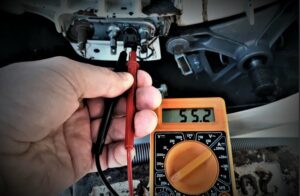 Craftsmen who repair washing machines rarely have to change temperature sensors. They rarely fail. But if the machine breaks down, and all the signs point to a malfunction of this particular part, a thorough check is carried out using a multimeter. Before setting it up, you need to check what the resistance of the temperature sensor should be, otherwise identifying the cause of the breakdown will be a difficult task.
Craftsmen who repair washing machines rarely have to change temperature sensors. They rarely fail. But if the machine breaks down, and all the signs point to a malfunction of this particular part, a thorough check is carried out using a multimeter. Before setting it up, you need to check what the resistance of the temperature sensor should be, otherwise identifying the cause of the breakdown will be a difficult task.
Normal indicators of sensors of different SMs
The range of models and brands of automatic cars is large. Manufacturers equip them with various sensors. Here are the characteristics of the most common ones:
- Appliances from AEG, Zanussi and Electrolux brands (EWM 1000 PLUS and 2000): The temperature sensor resistance must be maintained at 6.0 kOhm. After heating to +800 From there it drops to 0.5 - 0.7 kOhm. For Electrolux machines manufactured in the EWM 1000 series, the indicators should be different: at room temperature - 17 kOhm, when it increases to +850 C – 2.1 kOhm – 2.5 kOhm.
Important! Here and below, resistance values for temperature sensors of all equipment models are given for room temperature. For some brands, heating indicators are indicated separately.
- Candy washing machines: the multimeter detects a resistance of 27.0 kOhm.
- Devices from Siemens, Hansa, Bosch brands: the temperature sensor resistance should normally be about 4.8 kOhm.
- Machines manufactured by the Atlant, Beko, Ardo brands have a temperature sensor resistance of 5.6 to 5.8 kOhm at a temperature of +220 C. At the same time, some models of the Ardo brand have higher performance, about 21.5 kOhm.
- ASKO brand equipment most often demonstrates the following indicators: for separately installed sensors, the resistance ranges from 40 to 60 kOhm, in some devices - 20 kOhm. The temperature sensors that are installed in heating elements differ from previous models; their resistance should be at the level of 13 kOhm.
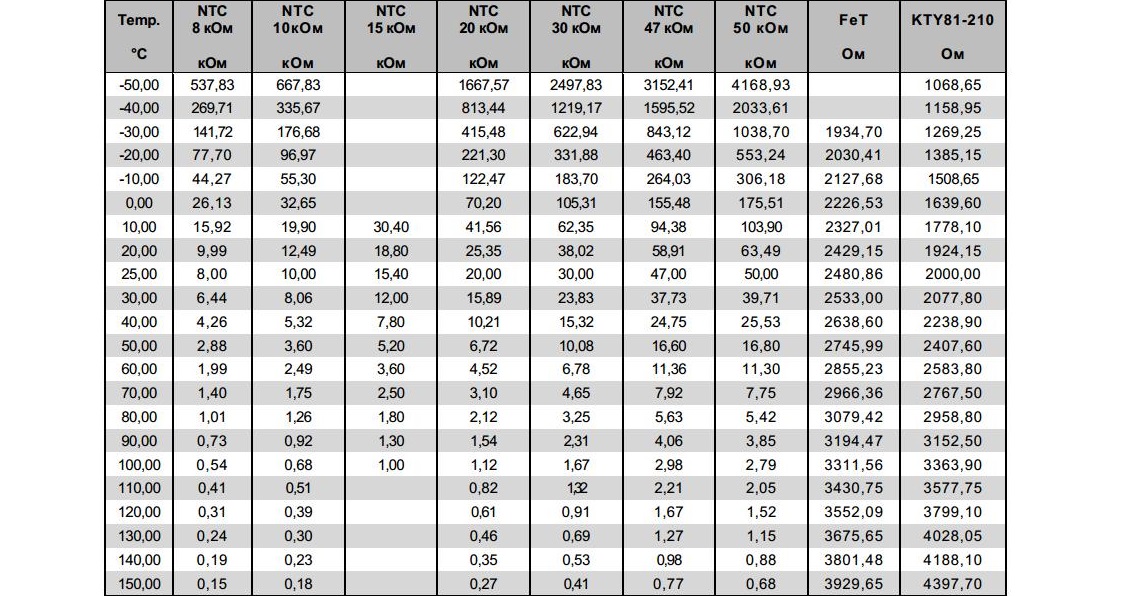
- For most models of Samsung washing machines, the manufacturer specifies 12 kOhm.
- Equipment from the Ariston and HOTPOINT/ARISTON brands, as well as Indesit, differ in the resistance parameters of temperature sensors. For these models, about 20 kOhm is considered the norm. Separately installed devices are available at 200 kOhm.
- When measuring the resistance of temperature sensors, Whirpool automatic machines should show a result of 35.9 kOhm. In some models, the indicators differ and may be about 12 kOhm.
- Models manufactured under the Brandt and Thomson brands have sensor resistance at a temperature of +200 C at 50 kOhm.
- Equipment manufacturer LG also produces temperature sensors with values of about 50 kOhm.
The parameters given here characterize the most common brands and models. However, when replacing a sensor, you cannot be completely sure that a part with the specified resistance will be suitable for a particular washing machine.. To make the right choice, you should contact an experienced professional.
Where to look and how to test the sensor?
To check whether the sensor in the washing machine is working, you need to determine its location.
As with any work on dismantling and repairing or replacing parts, you should start by disconnecting the device from the power supply.
Next, you can begin disassembling the machine. The easiest way is to remove the thermistor from it. It is located inside the heating element. In most popular models of automatic machines, the heating element is located in the lower part of the body, near the base. To remove the thermistor, you must perform the following steps: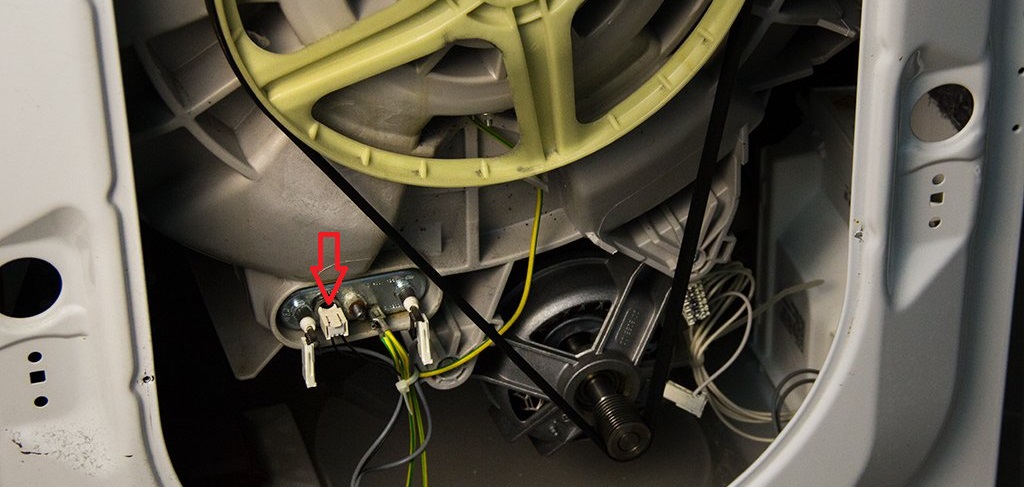
- remove the back panel from the device;
- find the sensor and disconnect the wires from it that go to the external temperature controller;
- slightly loosen the screw holding the heating element;
- remove the thermistor.
To check it, you need a multimeter. It can be used to estimate resistance. You can do it like this:
- configure the measuring device to determine resistance;
- connect the probes to the contacts of the temperature sensor;
- Then you can check its serviceability: immerse the thermistor in heated water and check what results the multimeter shows. It should be close to those given in the previous section.
A faulty temperature sensor must be replaced. It is impossible to repair it. To install a new part, you should follow the instructions given for removing the thermistor, but do the steps in reverse order.
Interesting:
Reader comments
- Share your opinion - leave a comment
Categories
Washing machine repair


For buyers

For users

Dishwasher

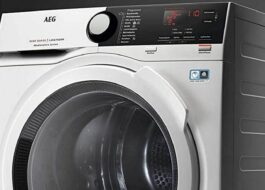
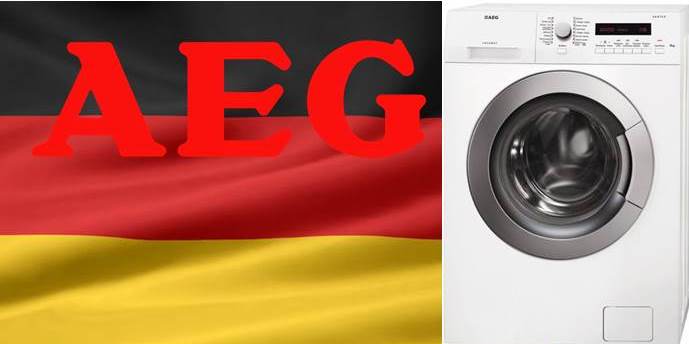


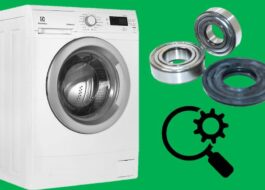











Add a comment